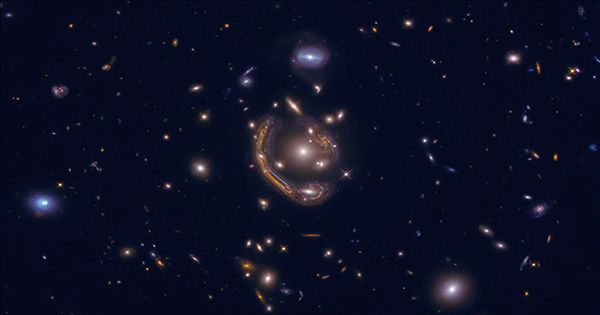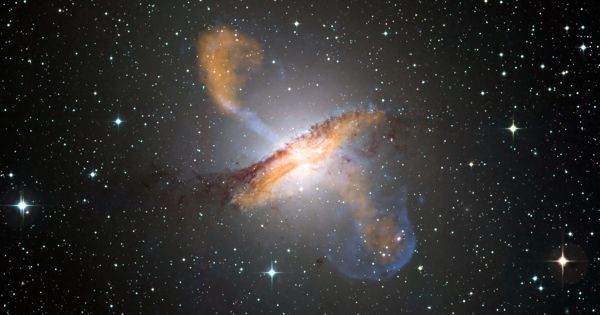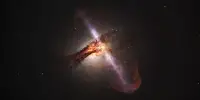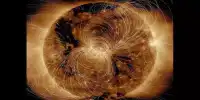A slew of tiny galaxies encircle the Milky Way, many of which have only lately been identified. These assumed to satellites circling the galaxy’s primary mass, similar to the more distant globular clusters that dot the space around the galactic disk. However, studies of the speed of movement of forty dwarf galaxies indicated that the vast majorities are not in orbit around the Milky Way — some may gravitationally be caught, while others will sail by like ships in the night.
For millennia, residents of the southern hemisphere have known about two dwarf galaxies, even if they did not know what they were. These billions of stars, now known as the Large and Small Magellanic Clouds, were first detected for what they were well than a century ago. In the 1930s, a few additional neighboring dwarf galaxies were discovered, but in the last thirty years, we have discovered many more.
Despite this, the link between these objects and the Milky Way has remained a mystery. Astronomers have only recently been able to close that gap, due to the amazing accuracy with which the Gaia Telescope can detect star motions. The Astrophysical Journal has published the motions of forty neighboring dwarf galaxies, which are far quicker than most people predicted. Even where the masses are similar, the energy of these dwarf galaxies substantially exceeds those of globular clusters known to orbit the Milky Way.

Knowing the speed of an item and the mass of the object orbited is required to determine if it is in orbit around another. Gaia provides the first, but the mass of the Milky Way is a subject of much debate. The Milky Way’s gravitational attraction is not powerful enough to retain the bulk of dwarf galaxies in the research, according to the study’s findings. Even with greater estimations, the authors discovered that the majority had not stayed for long.
In a statement, first author François Hammer of the Observatoire de Paris remarked, “Some of them will be grabbed by the Milky Way and will become satellites.” The tidal forces of a galaxy the size of ours will tear others apart. However, without accurate estimates of the Milky Way’s mass, the destiny of many cannot decide.
Dwarf galaxies are far smaller than globular clusters, with only a few thousand stars. The quantity of dark matter in each category helps to separate the two groups. To persist for a long period near a galaxy as huge as the Milky Way without being torn apart, dwarf galaxies require a lot of dark matter. It is possible that the galaxies studied have less dark matter than previously assumed if they have not been there for a long time.
“It is now evident, thanks in large part to Gaia, that the Milky Way’s past is significantly more storied than astronomers had previously known,” said Gaia project scientist Timo Prusti, who was not one of the study’s authors. Following the revelations that the Magellanic Clouds and the Sagittarius Dwarf Galaxy are not long-term satellites, we may have predicted this.
The Milky Way is steadily devouring the Sagittarius Dwarf Galaxy after coming too near, yet it has only been under its control for 4-5 billion years. Nonetheless, the finding begs the concerns of where all these little star cities came from and what they were up to before they got so near to the Milky Way.














